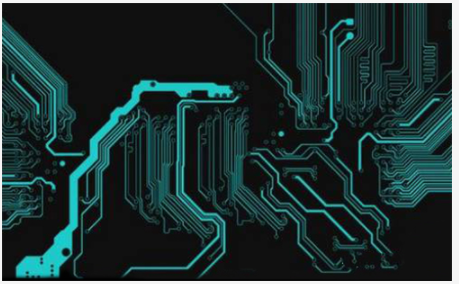What are the crosstalk analysis modes in PCB design?
PCB factory: Crosstalk means that a changing signal (such as a step signal) propagates from A to B along the transmission line, and a coupled signal will be generated on the transmission line CD; once the changed signal ends, the signal will return to a stable DC level, the coupled signal will also Doesn't exist anymore. Therefore, crosstalk only occurs in the process of signal hopping, and the faster the signal edge changes (conversion rate), the greater the crosstalk generated. So, what are the crosstalk analysis modes in PCB design?
Crosstalk analysis mode in PCB design
The electromagnetic field coupled in the space can be extracted as a collection of countless coupling capacitors and coupling inductances. The crosstalk signal generated by the coupling capacitor can be divided into forward crosstalk and reverse crosstalk Sc on the victim network. These two signals have the same polarity; The crosstalk signal generated by the inductance is also divided into forward crosstalk and reverse crosstalk SL, and these two signals have opposite polarities. The forward crosstalk and reverse crosstalk caused by the coupled inductance and capacitance exist at the same time, and the magnitudes are almost equal. In this way, the forward crosstalk signals on the victim network cancel each other due to opposite polarities, and the reverse crosstalk polarities are the same, and the superposition is enhanced.

The modes of crosstalk analysis usually include default mode, tri-state mode and worst-case mode. In the default mode, the offending network driver is driven by the flip signal, and the victim network driver maintains the initial state, and then the crosstalk value is calculated. This method is more effective for crosstalk analysis of unidirectional signals. The tri-state mode means that the driver of the offending network is driven by a flip signal, and the tri-state terminal of the victim network is set to a high-impedance state to detect the size of the crosstalk. This method is more effective for two-way or complex topology networks. The worst-case mode refers to keeping the driver of the victim network in the initial state, and the simulator calculates the sum of the crosstalk of all the default infringement networks to each victim network. This method generally only analyzes individual critical networks.
The above are the three modes of crosstalk analysis in PCB design. Have you mastered them? ipcb is a high-precision, high-quality PCB manufacturer, such as: isola 370hr PCB, high-frequency PCB, high-speed PCB, ic substrate, ic test board, impedance PCB, HDI PCB, Rigid-Flex PCB, buried blind PCB, advanced PCB, microwave PCB, telfon PCB and other ipcb are good at PCB manufacturing.